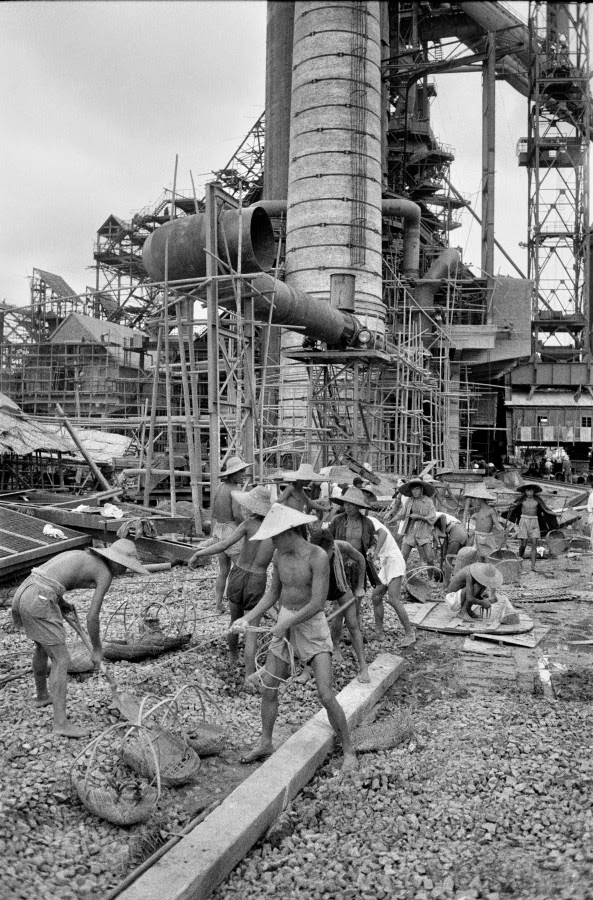
Currency: Mao
Zedong is regarded as a major historical figure by most of China. Mao
Zedong, rather than being a celebrated political figure, represents the
unified people. In this way, the symbols on Chinese currency also appear to be
dedicated to abstract principles.
Mao Badge: Chairman
Mao badges can be seen as icons of China’s Cultural Revolution which were worn by everyone except for ‘class enemies’ who were forbidden to wear them. They were worn as an
expression of loyalty to Chairman Mao and were mass-produced throughout China.
Mao Stamp: This stamp is called the "Great Victory of Cultural Revolution" and shows Chairman Mao and Lin Biao at a victory celebration in the countryside
Little Red Book: Also
called "Quotations from Chairman Mao”, it is a book of selected statements
from speeches and writings from Mao Zedong, former leader of the Chinese
Communist Party. it was widely distributed during the Cultural Revolution and was considered to be one of the most published books in history.
Mao Statue: Located
across from the Tiananmen-style people's park, the statue stands with his arm
raised to welcome people who come to visit the city. The
particular location in the heart of China's biggest represents it symbolism.
The idea to build a giant Mao statue came during China's Cultural
Revolution. The leaders at the time decided that the best way to declare
their allegiance to Beijing was to build one of the largest statues of Mao in
the country.












































